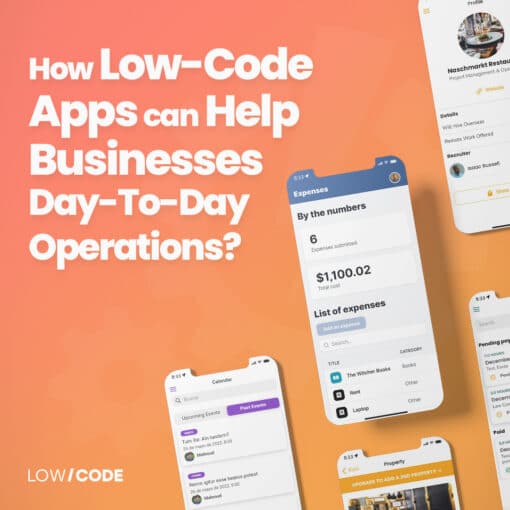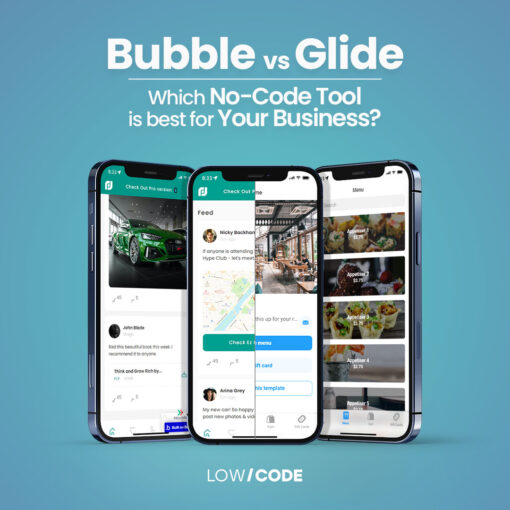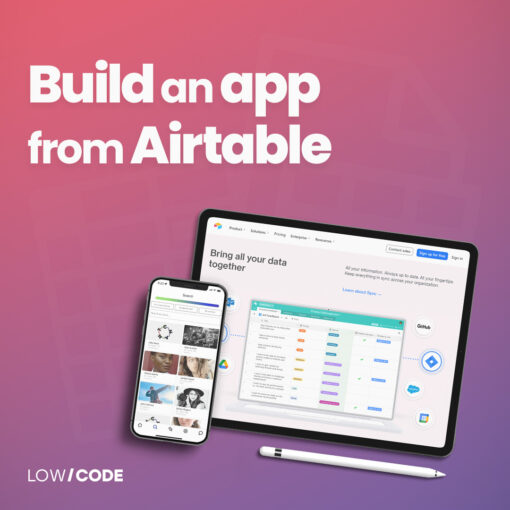The future of mobile app development is rapidly approaching, and every new year throws new trends and technologies at us, so much so that’s almost impossible to keep up.
In 2021, many businesses struggled to keep up with changes in demand as they had to switch to an almost entirely-remote setting, with consumers glued to their phones half their day (Americans spent an average of 4 hours on their phones every day in 2020).
Now that we’ve hit 2022, and with all this new time spent in front of our mobile devices, the importance of shipping great software at a fast pace is more relevant than ever.
On top of that, a global shortage of software developers (1.4M+ unfilled jobs!) means that businesses need to find innovative ways to continue to release high-quality mobile apps.
This has pushed low-code development platforms such as Appian to the forefront of the mobile app development scene, and similar trends are allowing businesses to do more in less time and with fewer resources. Let’s talk about 11 trends for the future of mobile app development.
1- Low-Code Development

The low-code development market is growing rapidly and is expected to grow at an even faster rate in the future. Gartner estimates that it’ll be worth ~$13.8 billion by the end of 2021.
Low-code/no-code platforms allow you to create apps through graphical UIs instead of traditional coding. While the technology is not new, more and more businesses are turning to this method of development as it helps to keep costs down while still delivering high-quality apps.
While low-code development is not technically new, are turning to this method of development as it helps to keep costs down while delivering high-quality apps.
Existing employees who are experts in their domain can use their knowledge to create enterprise-level applications with no prior coding knowledge.
This means the business does not need to dedicate a team of software developers to the task, who might take months planning and building the mobile application. With the complex logic already handled by the low-code platform, they can simply craft an app to their desire.
2- Instant Apps
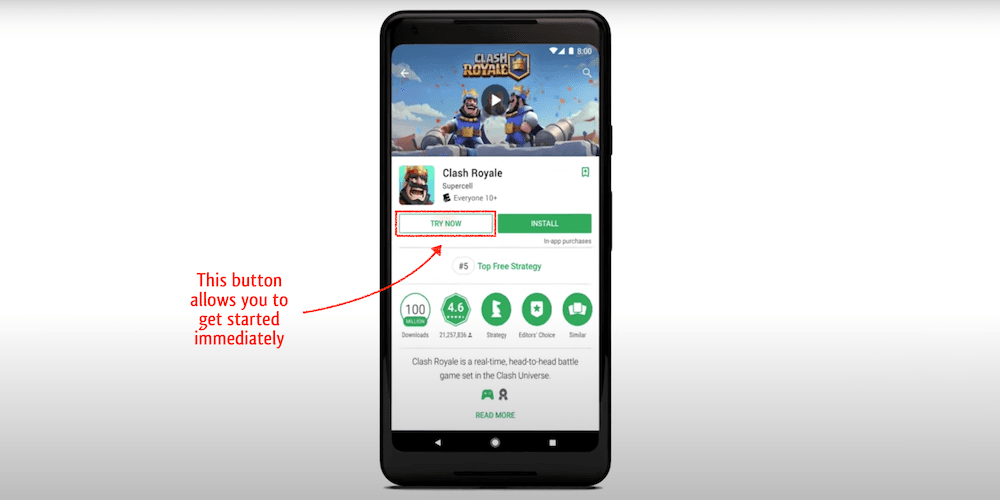
Google Play Instant apps have existed for a few years, but we expect to see them increase in usage over the next year or two. Instant apps allow people to use an app or game without installing it first. This means they can try a demo version of the app quickly.
Bi-yearly surveys by comScore suggest that a growing number of smartphone users do not want to install apps. By leveraging Instant apps, you can continue to serve this growing market.
As the popularity of Instant apps grows, the Play Store will prioritize apps that have an Instant version. So not only will an Instant app give your users more options when trying your app, but it will expose your business to more potential customers (not just for consumers!).
3- 5G Technology

5G is finally seeing global rollout, and the next few years could see it become mainstream for mobile users. With 5G, we’ll see data download speeds 3 to 11 times higher than with existing 4G technology. The theoretical limit is as high as 50Gbps!
By downloading (and uploading) data at far greater speeds, developers will be able to create more data-rich apps for customers without negatively affecting their experience.
By downloading (and uploading) data at far greater speeds, developers will be able to create more data-rich apps for customers without negatively affecting their experience.
5G could help developers show crisp, high-definition images to users instantly, or allow them to view complex 3D files for business use. 5G is already being rolled out in many countries including the United States, and many more countries are planning their rollout.
4- Wearable Tech
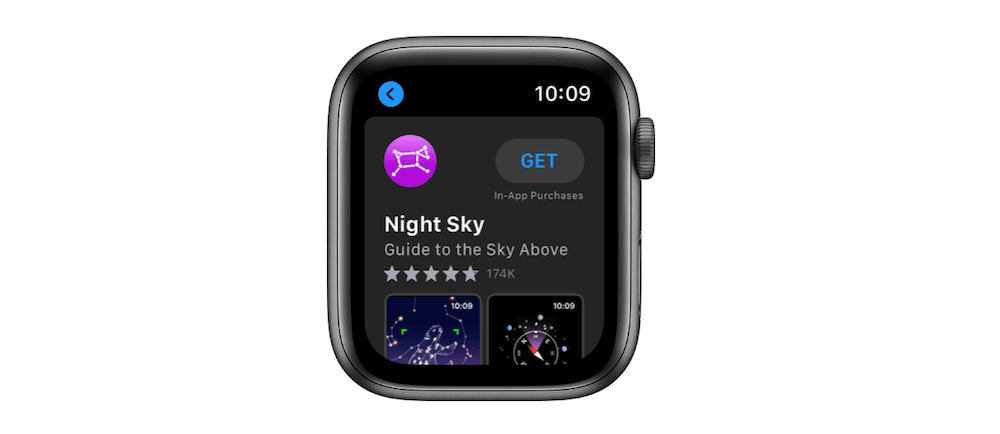
Mobile app development is no longer limited to smartphones. The major brands are starting to release a wide array of wearable devices such as smartwatches.
In 2022, the sale of smartwatches is expected to hit 100 million for the first time.
But while there is a huge demand for “mobile” apps on these devices, many companies are still not tapping into the growing market.
There is a huge demand for wearable tech apps for the Apple Watch but most companies haven’t tapped into this market yet.
App development for wearable tech is just as straightforward as development for smartphones, with Android and Apple both providing the resources necessary to make this happen.
The Apple Watch is clearly the winner here though as Wear OS from Google is notoriously lagging behind both in terms of functionality as well as in development possibilities.
5- Machine Learning
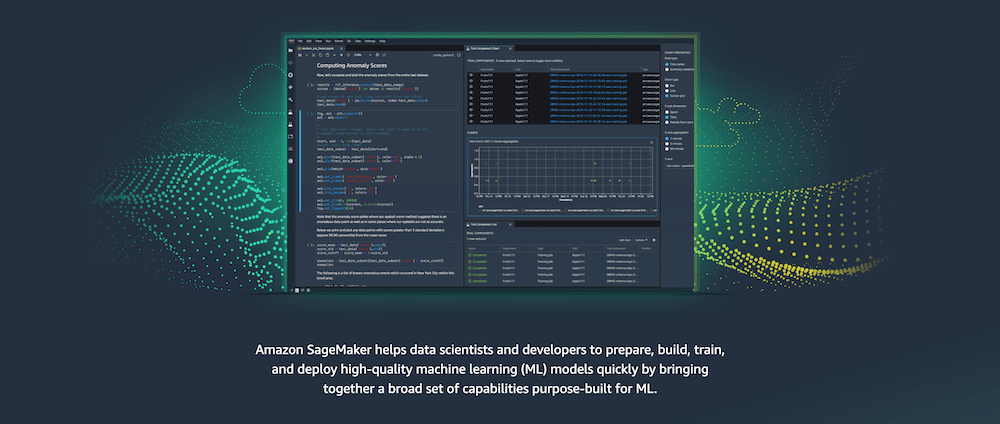
Thanks to improvements in cloud computing, we can now bring artificial intelligence to mobile phones without significantly draining processing power or battery life.
The power-hungry calculations of machine learning can be done on remote servers in the cloud, allowing developers to implement front-facing solutions into a mobile app.
Low-code solutions like AWS Honeycode are also helping businesses use AI without the in-depth technical knowledge that used to be required. Another example is SageMaker which can help even the most junior developers create complete machine learning solutions.
6- Chatbots

Chatbots were initially only available to large companies such as Microsoft and Google and, traditionally, they were used more on desktop browsers. In recent years, 100s of chatbot platforms have allowed businesses of all kinds to add chatbots to their websites.
But we’re now starting to see these chatbots for mobile apps too! This means that users can ask questions directly in the app, and get automated and intelligent responses within an instant.
Originally, chatbots would require thousands of lines of code to create.
Many chatbot platforms now specialize in no-code solutions.
You can create some in as little as 5 minutes.
These innovations will help app developers integrate chatbots into their apps quicker than before, and we could see thousands of apps with chatbots in the next couple of years.
7- Internet of Things (IoT)

When we think of the future, one of the first things we think of is robots and, while crazy to think of, we already have a lot of robots lying around today in the form of IoT devices.
App developers who want to stay ahead of the game are looking to take advantage of IoT in their apps by connecting to electronic devices that are mobile in nature.
Things like:
- Automobiles
- Weather balloons
- Professional equipment
As companies develop new IoT devices, mobile app developers can connect them and leverage their potential to create incredible experiences from a phone to the objects around us.
8- M-Commerce
M-commerce, also known as mobile commerce, is the ability for customers to make purchases on their smartphones with native app integrations.
This includes a wide range of monetary transfers such as content purchase and delivery, mobile banking, and contactless payment through services including Google Pay, Apple Pay, and Samsung Pay.
With a majority of e-commerce sales now coming from phones, businesses are taking advantage of new payment tech.
As customers become more comfortable paying through their phones, there are more possibilities when incorporating these into your apps. With a majority of e-commerce sales now coming from phones, businesses are clearly taking advantage of new payment technologies.
9- Smart Vehicles
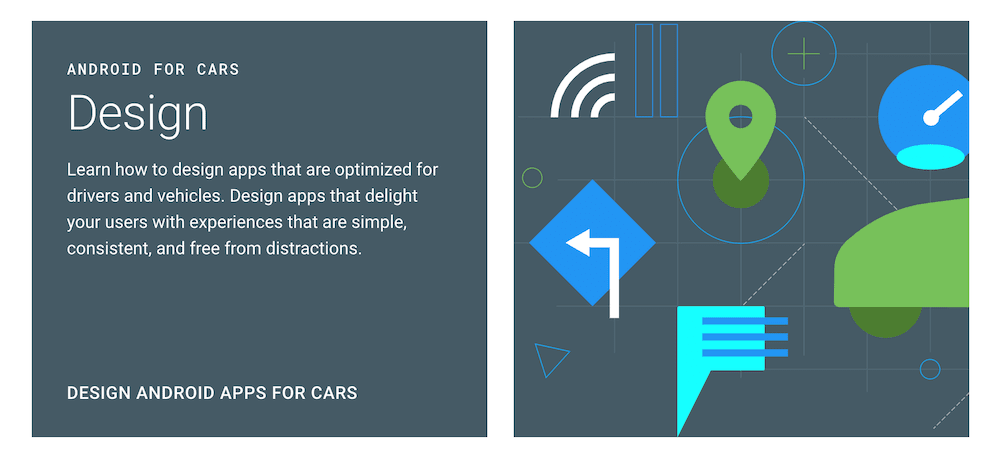
Thanks to the advances in 5G technology and the Internet of Things, there is another piece of technology that businesses can develop, and that’s smart vehicles.
Market leaders are already developing apps that can help monitor the flow of traffic on roads, and predict when different car parts might require maintenance.
However, the smart vehicle app market is not limited to large corporations.
Google has released Android for Cars tools that help businesses optimize their existing apps for smart vehicles. Moving your apps to this new domain is not as difficult as you would expect.
10- Predictive Analysis
Predictive analysis is an innovative technique that is used to guess what users want before they even know it. Primarily used in manufacturing environments, this practice is also showing up in CRMs, advertising platforms, and other data-heavy applications.
With other uses such as recommending news articles or videos to watch, the predictive analysis will only become more important in the future, helping app developers maximize revenue.
11- Augmented Reality
We caught our first glimpse of how augmented reality (AR) could change the way we interact with the world when Pokemon Go was released in 2016. With new improvements in technology, you can “augment” the space around you in more realistic ways.
Objects can now be augmented through our phones in more realistic ways, allowing for unique development opportunities.
As the technology catches up with app developers’ imagination, processes will improve thanks to a realistic interaction with objects that appear in space.
The Future of Mobile App Development

While many trends are part of its future, the app development market will benefit most from low- and no-code development platforms allowing for greater flexibility.
Low-code development is also making other trends more accessible. Using artificial intelligence in apps is becoming easier thanks to platforms such as Amazon Honeycode. And developers can also create apps for other smart devices thanks to tools provided by Android and Apple.
In such a fast-paced field, it’s important to understand that the best technology is the one that fits your requirements best while giving you a timely return on investment.
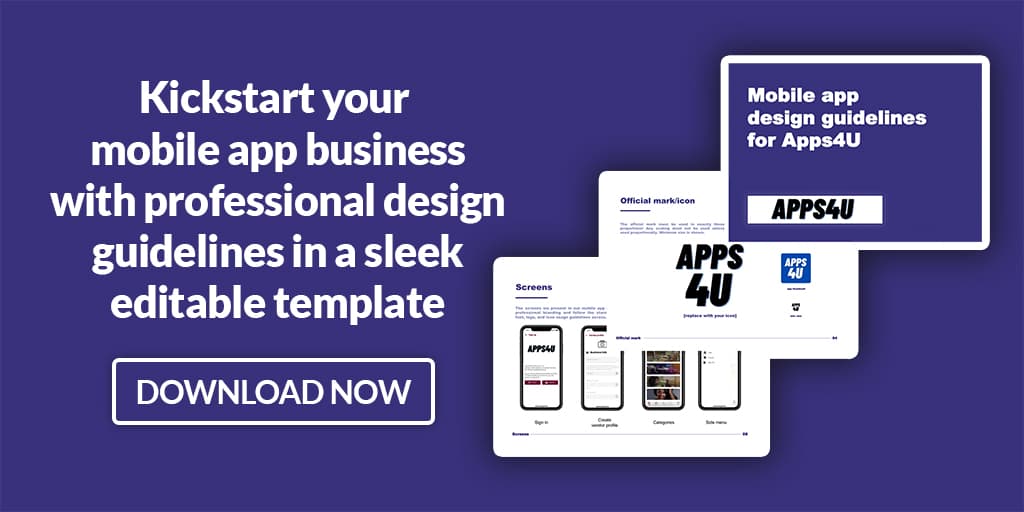
Frequently asked questions
The future of mobile app development is primarily driven by 3 major shifts: low/no-code development, Progressive Web Apps (PWAs), and instant apps. Thanks to these workflow enhancements, developers will be able to provide better app experiences in less time and with budget margins to spare.
Some of the top trends of mobile app development in 2021 are: 5g communications for faster data transfer, machine learning embedded natively in mobile apps, chatbots used in mobile apps on top of web apps, and other smaller use cases such as Augmented Reality (AR) and predictive analytics.
For the current trends, check out the blog post above. For future trends in mobile app development, there’s reason to believe that low/no-code development will only become more cemented in the daily workflow of many developers, enhancing their productivity and driving higher profits for businesses globally.
Yes. Customers expect you to have more than just a professional G Suite inbox to reply to their support queries today; they want to be able to track their support tickets, request revisions, and do a variety of things from within a client portal. Mobile apps and PWAs allow for that, and they improve customer experience substantially.

Jesus is the founder of Low Code Agency: a low-code development agency that allows small business owners to get their mobile and web apps done fast and cost-effectively while maintaining quality.


